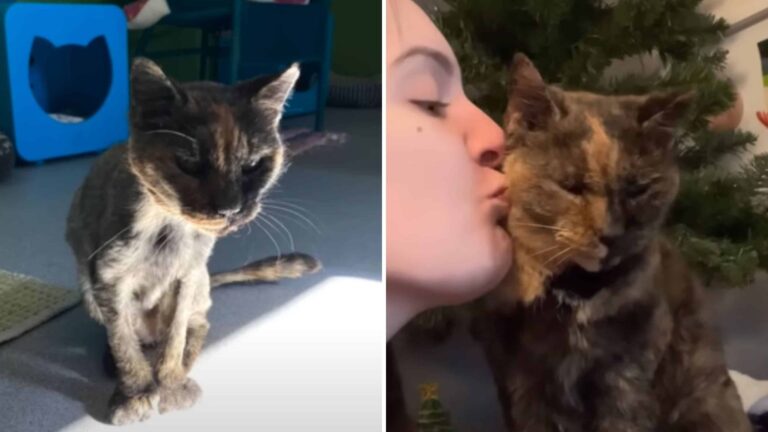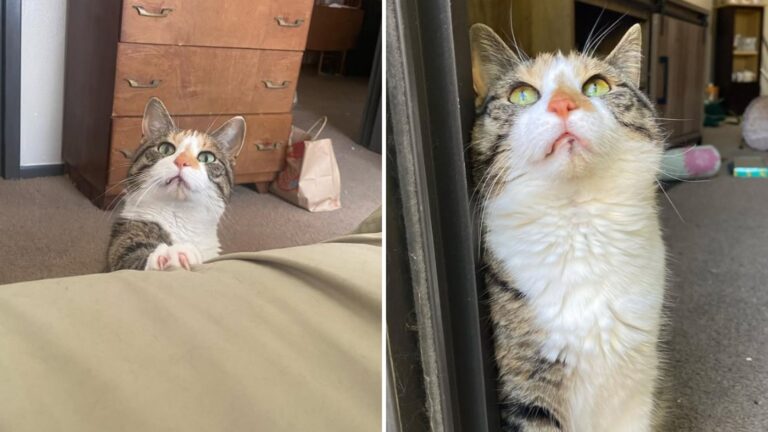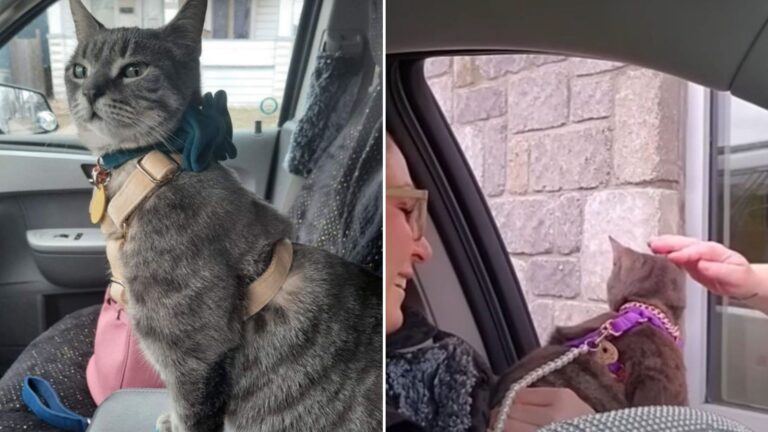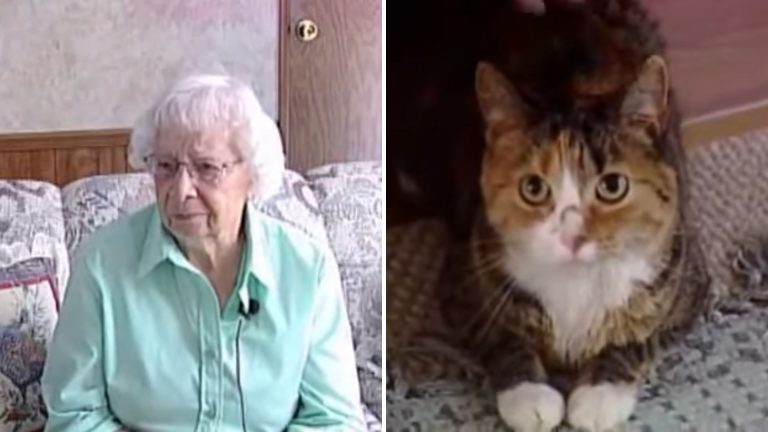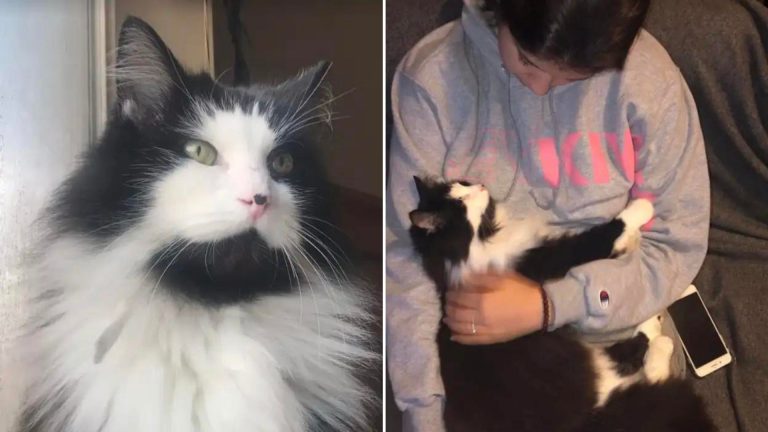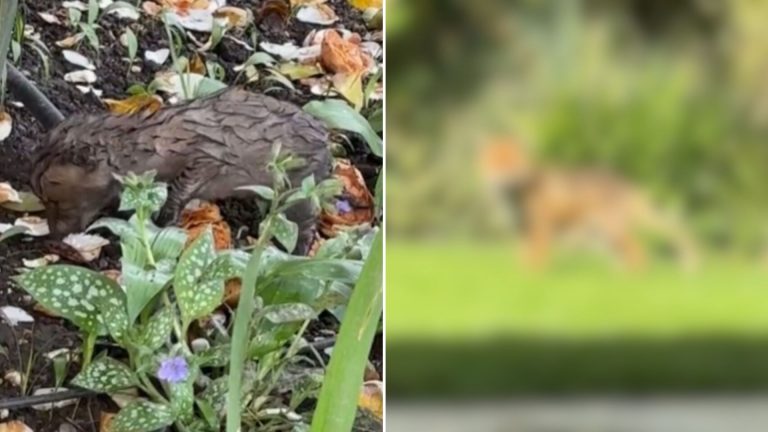Hero NYC Pilot Struggles To Save Thousands Of Unwanted Animals
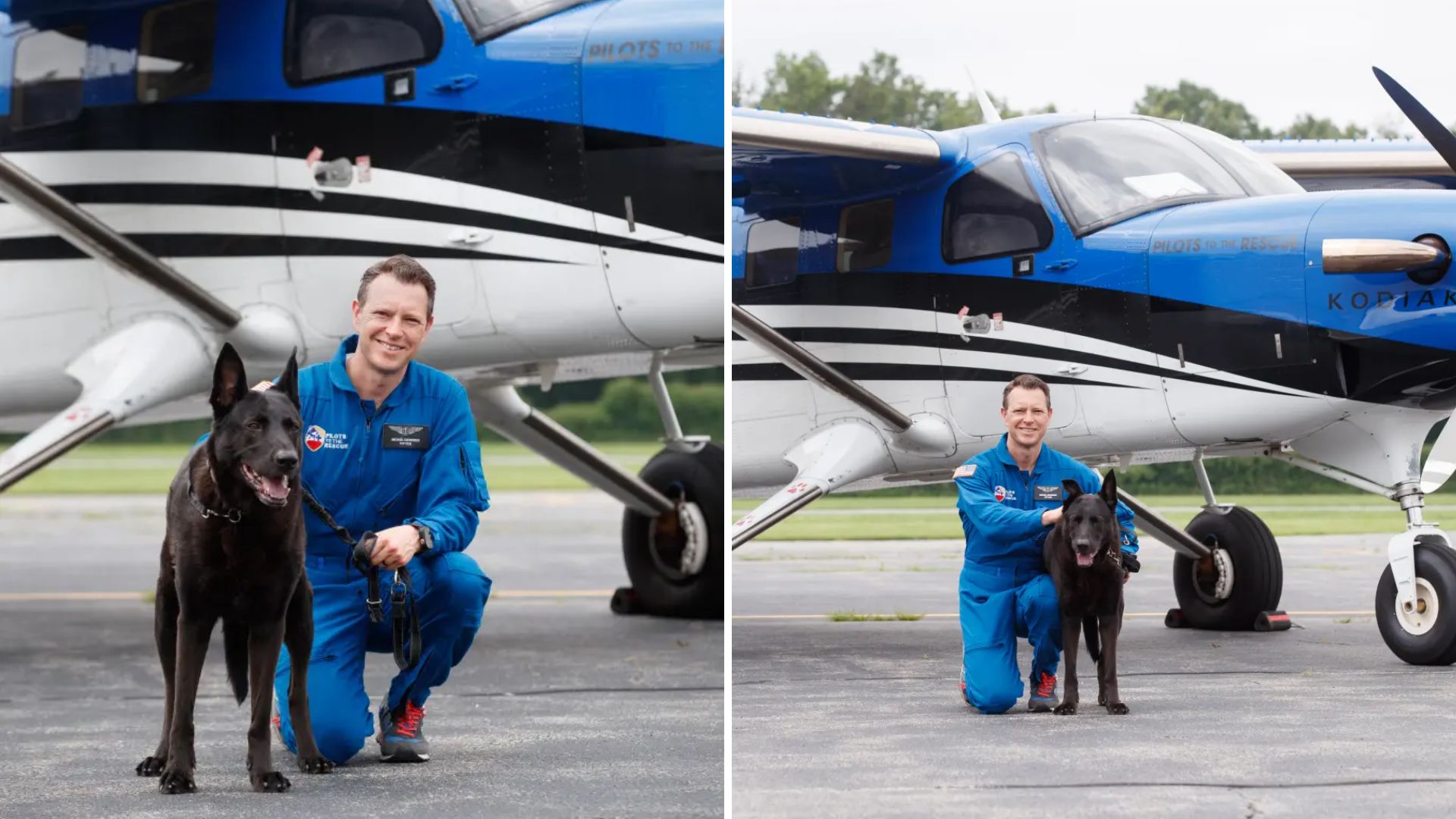
Michael Schneider’s love for animals started early: at just six years old, he already felt a calling.
“That’s all I ever knew growing up,” he shared with The Post, recalling how his family regularly visited the SPCA, a no-kill shelter in Briarcliff Manor, Westchester County, bringing home dogs and cats in need.
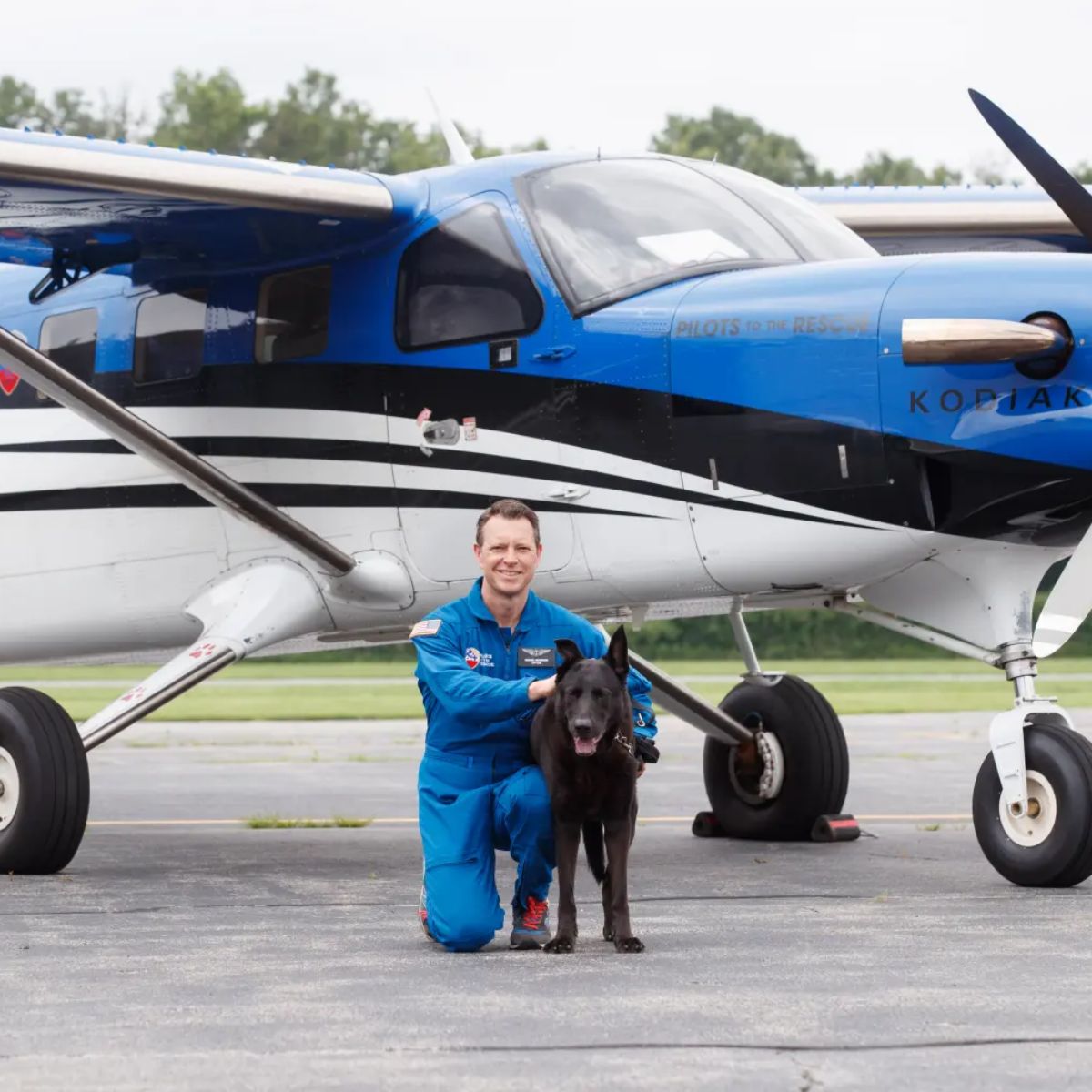
But his compassion didn’t stop there.
“Beyond that, I used to take in animals from the neighborhood. I was the little boy that took in the injured bird with a broken wing and nursed it back to health. I even had a pet sitting business when I was 11 years old.”
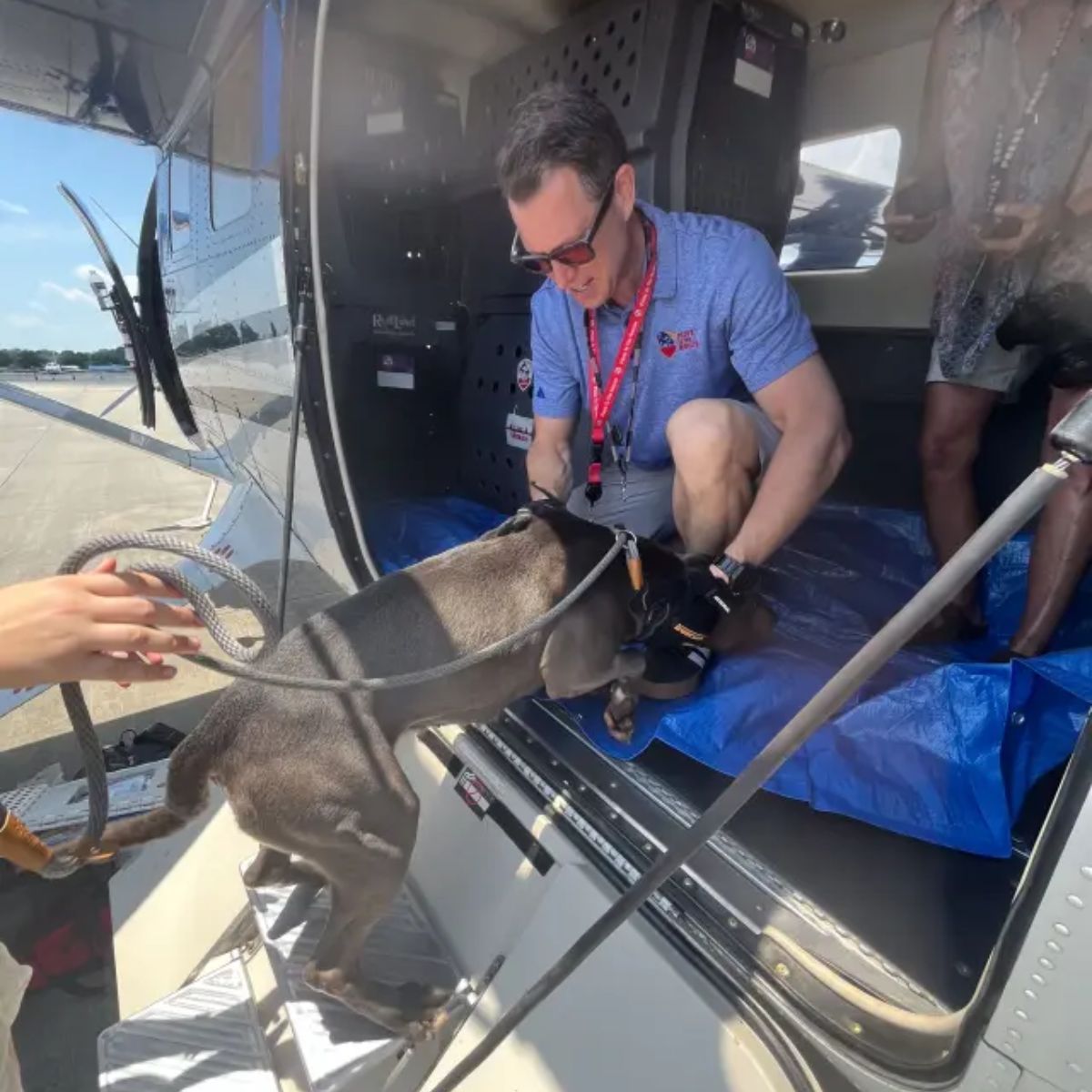
As he grew older, Schneider discovered another passion – flying. After a life-changing skydiving trip, he decided to become a commercial pilot. That’s when the two of his great loves – aviation and animal rescue – finally came together.
When he launched Pilots to the Rescue, a nonprofit that uses air transport to relocate animals from overcrowded shelters to safer rescues, the goal was to give at-risk animals a second chance.
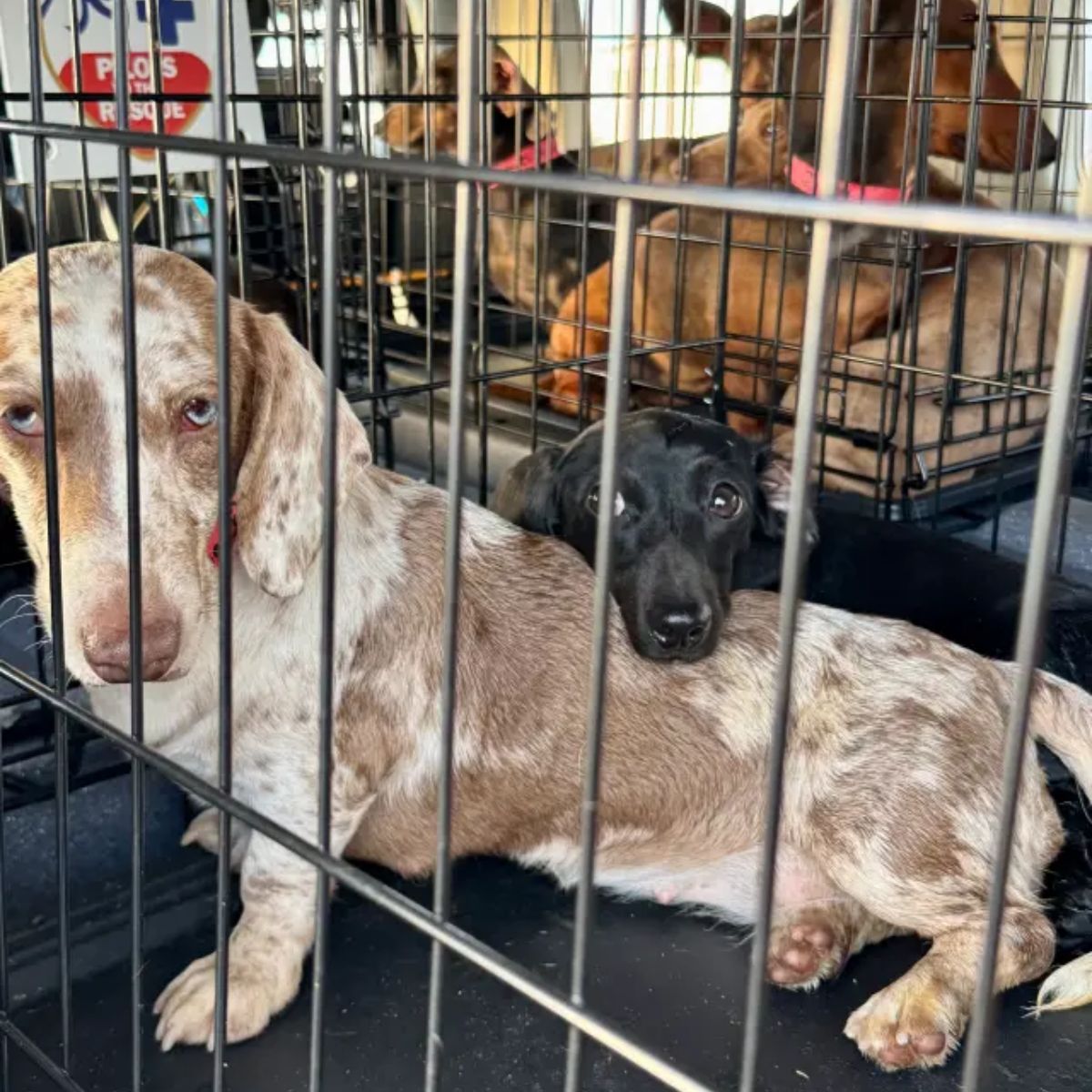
“I wanted to do something of substance with this pilot’s license that I worked so hard to achieve. I heard about people transporting animals at risk of being euthanized using airplanes, so when I learned about that, of course, I jumped on that opportunity.”
Within just two days of coming up with the idea, he raised $12,000 from family and friends to get the mission off the ground. His pitch was simple: “letting them know that our furry friends don’t have a voice.” As he explained:
“They would say, ‘Well, why an aircraft?’ And I would tell them that the faster we can get them out, the faster we can save them – which, literally, sometimes these animals have less than 24 hours to get out.”
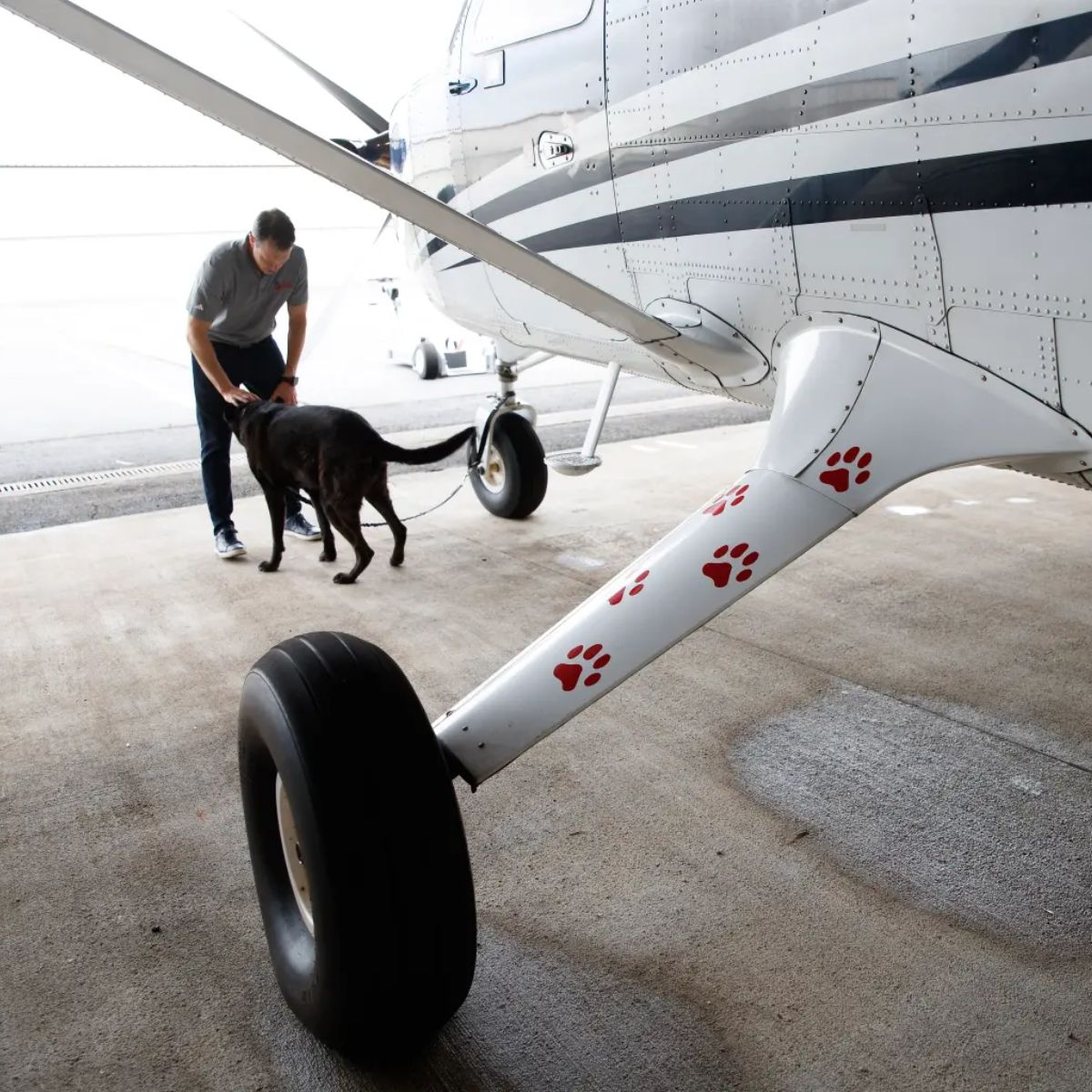
Since its founding, Pilots to the Rescue has saved 4,488 animals across 313 missions, flying over 353,600 miles to states like North Carolina, Florida, and Texas.
While many imagine all the action happens in the air, Schneider says most of the effort is actually on the ground. Animals travel overnight in sprinter vans to reach a pickup location by morning, allowing them to stretch resources and help more animals.
The result is a calmer, more humane process.
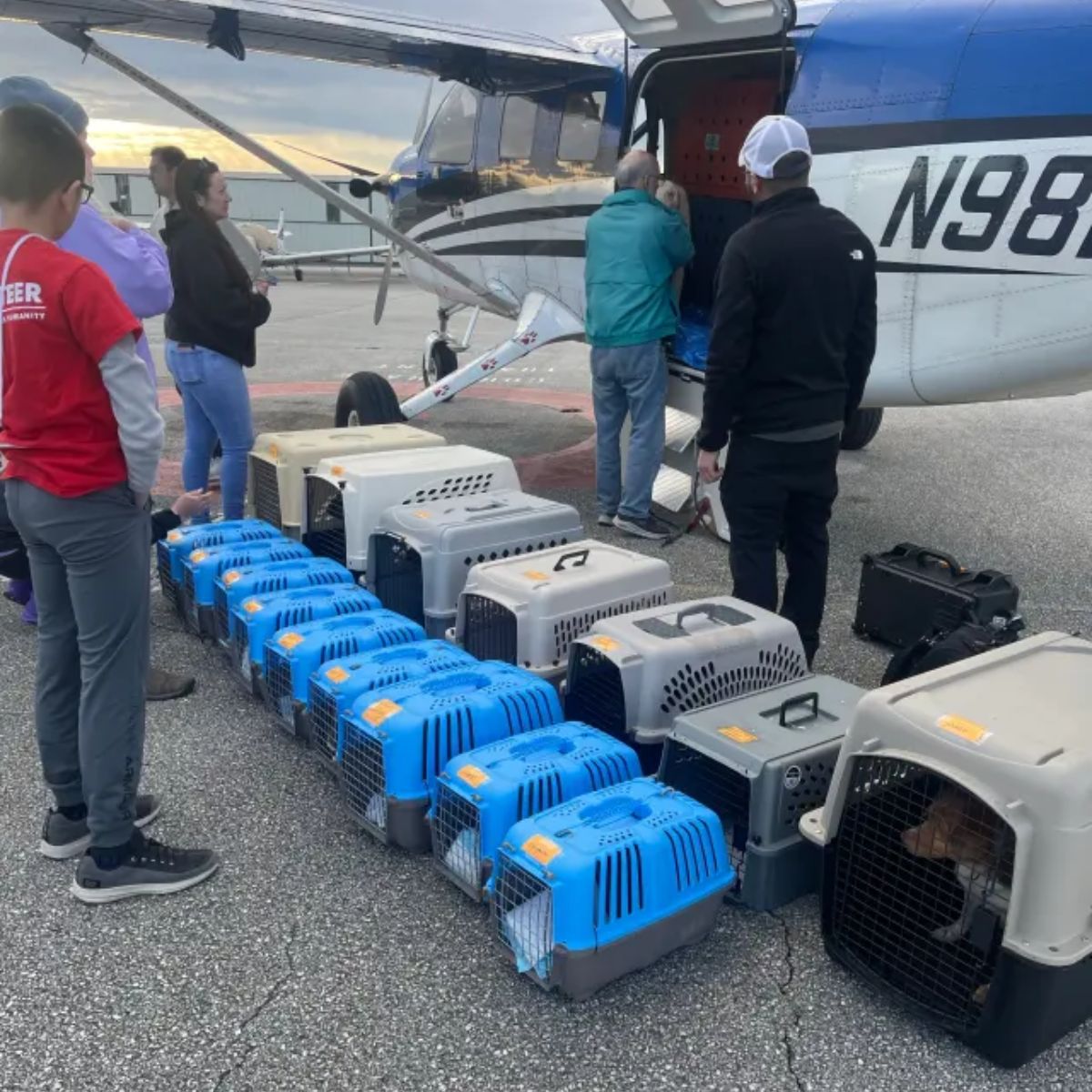
“When they get to the other side, they might feel a little timid coming out of the crate, but when we get them out, their tails are wagging, they’re jumping up and down, they feel energy.”
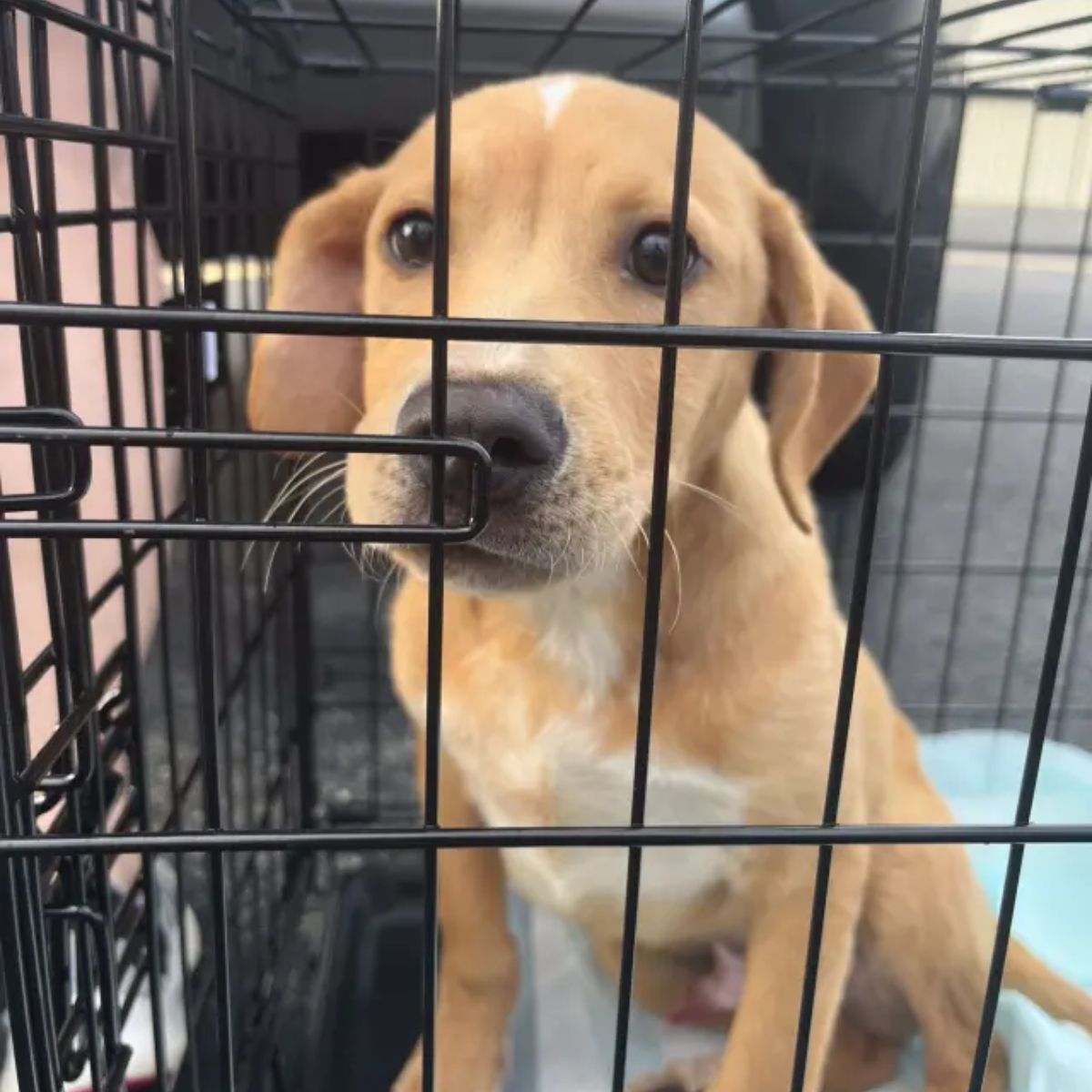
“Animals are smarter than we give them credit for. People are waiting for them to receive them, so they pick up on that. It’s beautiful to see.”
Pilots to the Rescue operates out of a hangar in Essex County, New Jersey, and is one of only about ten aviation-based animal rescue groups in the U.S.
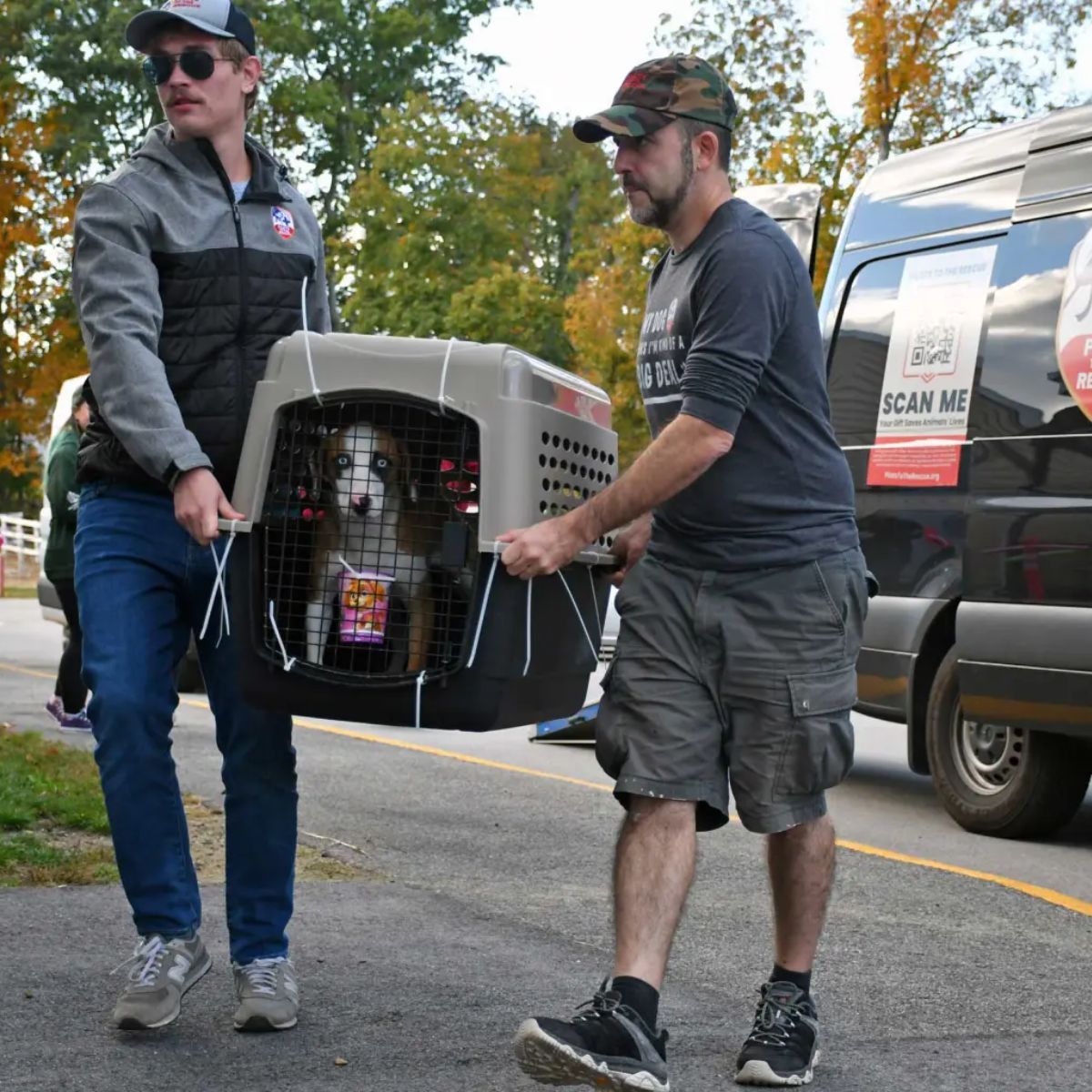
They collaborate with both individual shelters and larger organizations like Humane World for Animals to identify urgent cases and coordinate transport.
When smaller shelters don’t have enough animals to fill a plane, Schneider organizes joint missions, turning it into a “multi-shelter effort.”
One such mission, with St. Francis Animal Shelter in Georgetown, South Carolina, also brought in animals from other facilities that were “desperate” and “bursting at the seams.”
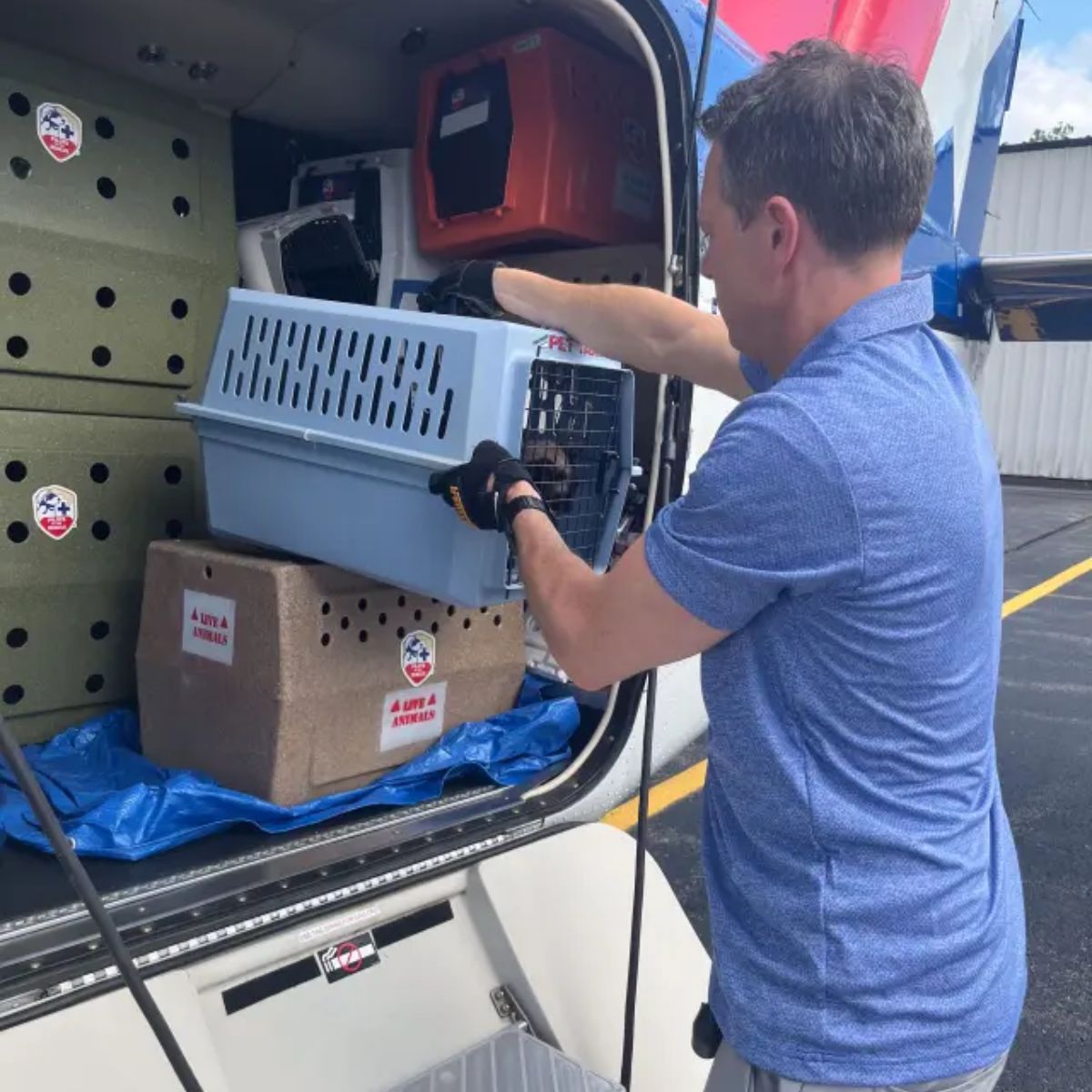
Often, the animals they fly are considered “at-risk” – either due to overcrowding or rising veterinary costs that shelters and owners simply can’t cover.
Sometimes it’s not just dogs and cats – the team also helps relocate wildlife and endangered species, like sea turtles, wolves, and banteng, a critically endangered wild cattle species.
“The endangered species work is really rewarding. Of course, we want to save them all, but sometimes when you’re rescuing all these dogs and cats, you feel like you’re chasing your tail a little bit.”
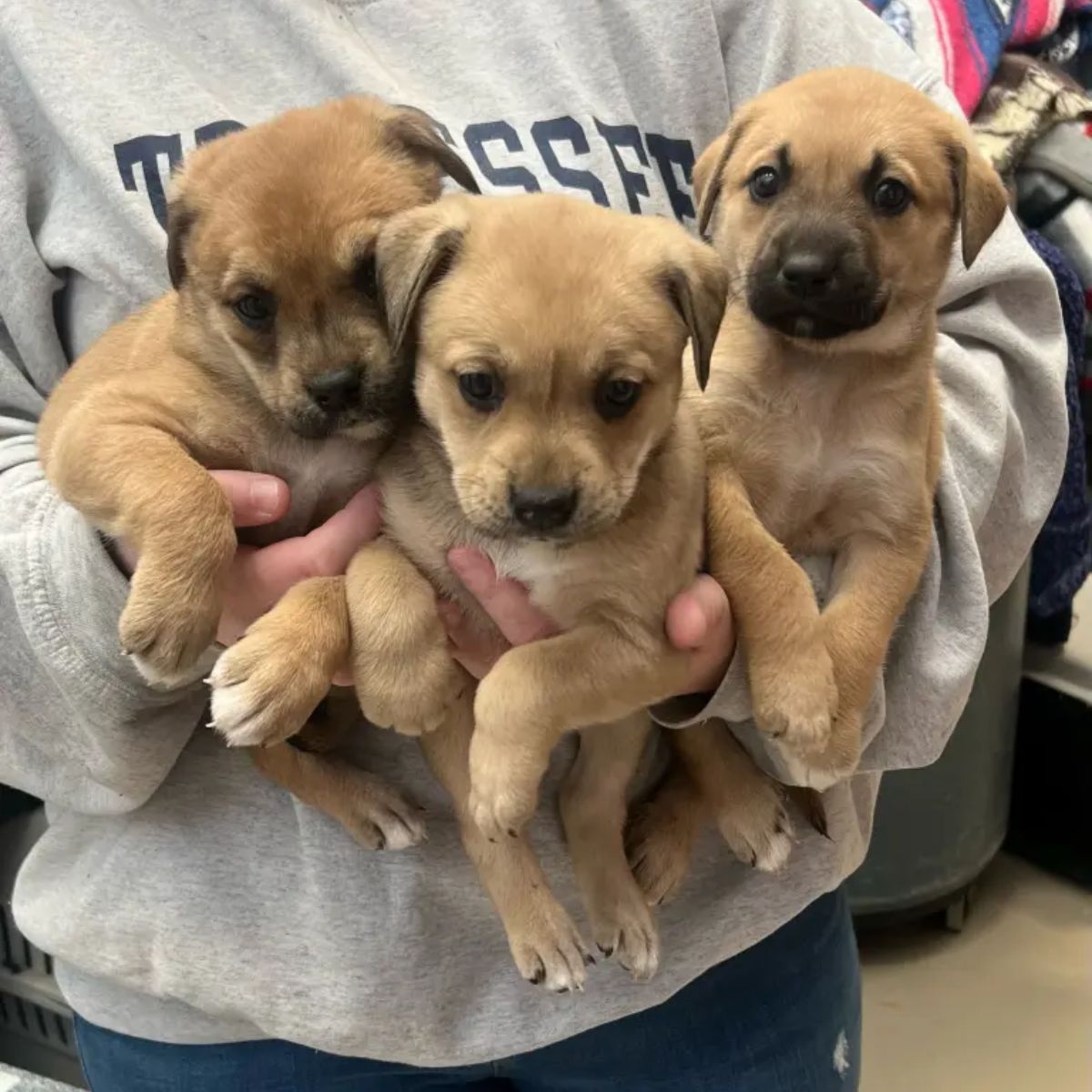
Back home in Greenpoint, Schneider juggles running the nonprofit while raising four young sons with his wife. It’s not easy – especially financially – but he says the impact makes it all worth it.
Some adopters later reach out, calling the animals they adopted the best pets they’ve ever had.
“That’s what keeps me going. To see the animals and their precarious situations that they come from – whether it be hoarding, abuse, neglect, basically left to die. We become a voice for these animals who can’t otherwise speak.”
Although he’s cared for animals his entire life, Schneider says this journey has changed him on a deeper level. As he admitted:
“I used to be very narcissistic and selfish, and all about ‘me, me, me’. But I started to realize that it’s more rewarding to give back, and it’s not about me anymore.”

“We want to contribute, we want to make a difference – and that’s a different type of currency.”
Through his unwavering dedication, Schneider continues to prove that a single person’s passion can change the lives of countless animals, offering them the second chance they truly deserve.

